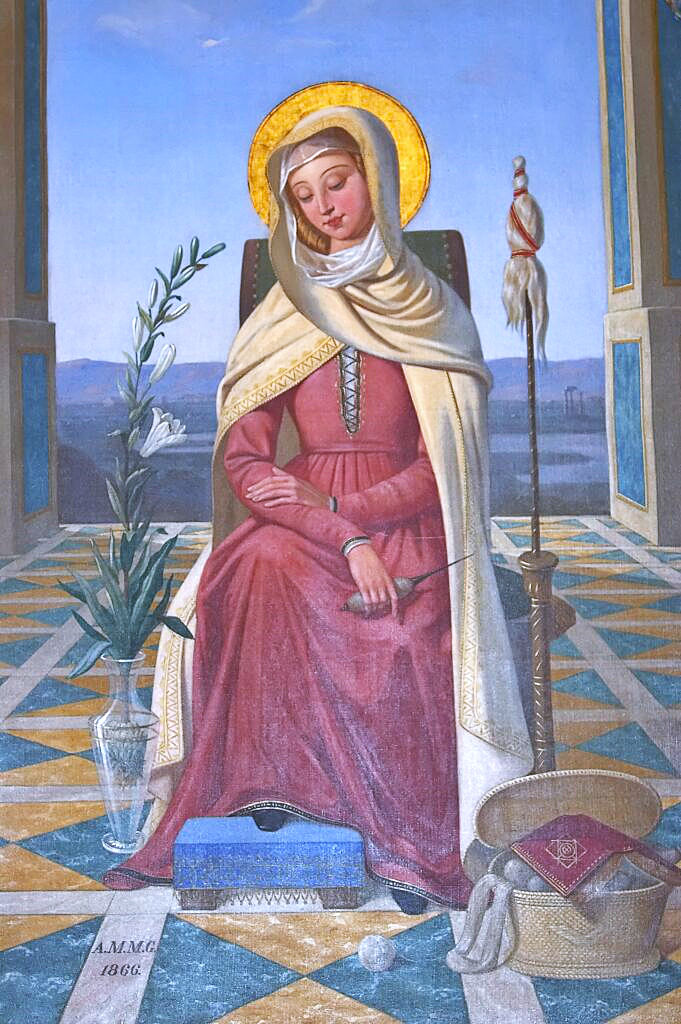“PUTTING two and two together” is a simple expression for a sublime and fruitful work [by which] man gains experience, science, and wisdom. Now it is that same simple, yet sublime work that goes on in the heart of prayer; the same which went on in its perfect form in the most perfect heart of prayer among men. St. Luke, describing the events of our Lord’s birth and recounting the story told by the shepherds of the Angels’ apparition, says that Mary kept all these words pondering them in her heart. “Pondering them in her heart” means, in the Latin and the Greek, what we may describe by the homely phrase, putting two and two together.
What must a man do to put two and two together? He must understand clearly; he must deliberate; he must affirm or deny that the single twos belong together; he must draw a conclusion. By reflecting then on what he has done, he may draw far-reaching principles, and, associating other similar conclusions, he may draw other principles. Principles then are put together and order arises; and from order, system and science and then wisdom. Such are the fruits of “pondering” over the treasures of the heart, fruits that Mary gathered in their fulness and richest ripeness. Oh, if we only had the wisdom that grew and filled Mary’s heart, from the pondering of her whole life, from her Immaculate Conception to her Annunciation, from the Annunciation to the Ascension, from the Ascension to the Assumption! The volume of that prayerful heart would contain all the revealed truth, which St. John declared all the books of the world could not hold, and it would contain much more, as the treasures of Mary’s heart were more numerous and more precious and more perfectly pondered than the riches of St. John. St. Thomas of Aquinas put all theology into an epitome, called the Summa. Mary’s heart of prayer was the epitome of all God’s dealings with man – is it too daring to say? – God’s Summa.
Francis Donnely, The Heart of the Gospel: Traits of the Sacred Heart, 1911, pgs. 19-21.


